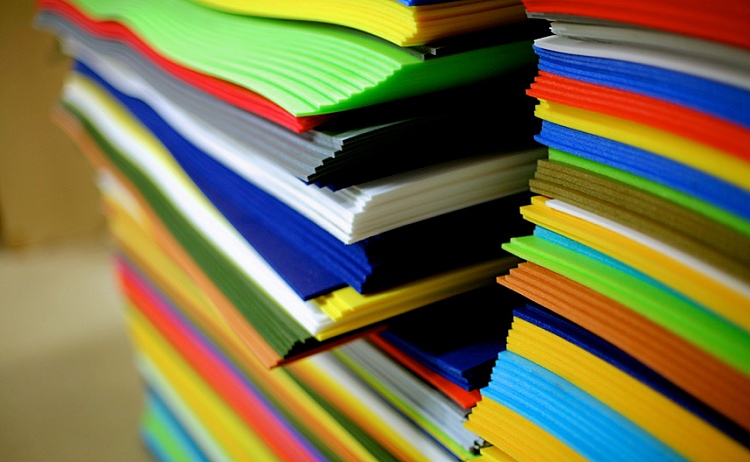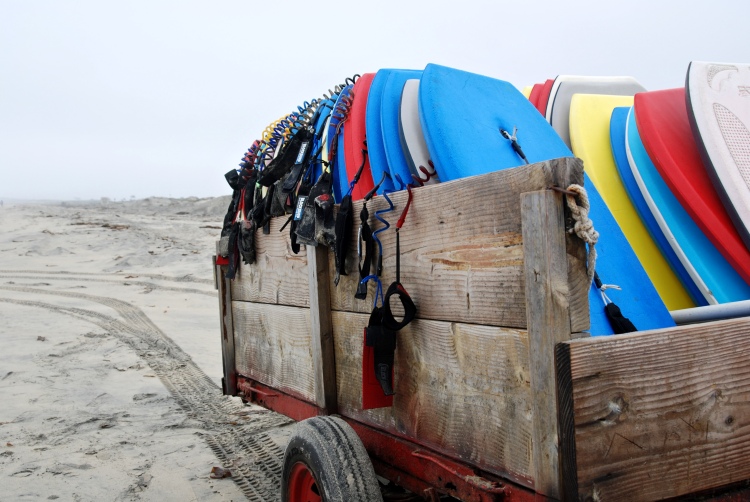Bodyboards are complex creatures. Blending design, performance, and hydrodynamics is not easy job. So, what makes a truly remarkable bodyboard?
Choosing the right bodyboard requires time and patience. First of all, it's important to take an inside look at the most common core types and materials.
You can shape a bodyboard using beaded cores, extruded foam, extruded polyethylene, polypropylene, and arcel.
But there are more variables in the bodyboard equation. It is relevant to know the rider's weight/height ratio and experience.
As a general rule of thumb, a correct bodyboard for your body is usually the one that levels your belly button.
Understanding if you're riding a bodyboard in warm/tropical or in cold waters is not negligible at all.
The first thing you look at in a bodyboard is its template. The template is the overall shape or format of the board.
Wider templates tend to perform better in small waves, while thinner boards are most likely to excel in waves of consequence.
A bodyboard has six main features:
1. Core
The heart of the bodyboard; the most common bodyboard cores are polyethylene (PE) and polypropylene (PP).
2. Deck
The feel of the bodyboard. The board's top must be ready to absorb impacts to bend when needed.
3. Slick
The tires of the bodyboard. The board's bottom is in constant contact with water, and it is usually made of surly and high-density polyethylene (HDPE).
4. Stringer(s)
The skeleton of the bodyboard; carbon fiber or fiberglass tubes that add extra stiffness to a bodyboard.
5. Rails
The steering wheel of the bodyboard; the side edges will define your control over the board.
6. Tail
The breaks of the bodyboard. Bat and crescent tails are popular options depending on if you're into small waves that demand speed or bigger waves requiring control.

However, bodyboards hide a few extra secrets that will come into play as you ride small and big waves.
These details are usually explored by bodyboard shapers to enhance the whole wave riding experience, and, at a professional level, they're quite interesting to learn about.
1. Length
Small waves like bigger boards, and bigger waves want smaller boards.
2. Nose
Small noses mean more speed and less stability, while wider noses perform better in bigger waves.
3. Nose Bulbs
The extra layers of foam located on the nose corners provide a better grip.
4. Thickness
Thicker boards increase speed but offer less maneuverability, while thinner boards are agile, responsive, and slow.
5. Wide Point
The spot where the outline changes direction. It has an impact on control and speed.
6. Channels
Small straits located on the bottom of the slick. They reduce slipping and control the board while maneuvering in the face of the wave.
7. Pin Lines
A line contour that connects slick, deck, rails, nose, and tail.
8. Mesh
A wire-like plastic layer added between the slick and the core to increase overall durability.
9. Rocker
The profile curve of the bodyboard.
Learn more about bodyboards in "The Bodyboard Manual."
